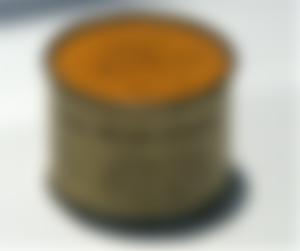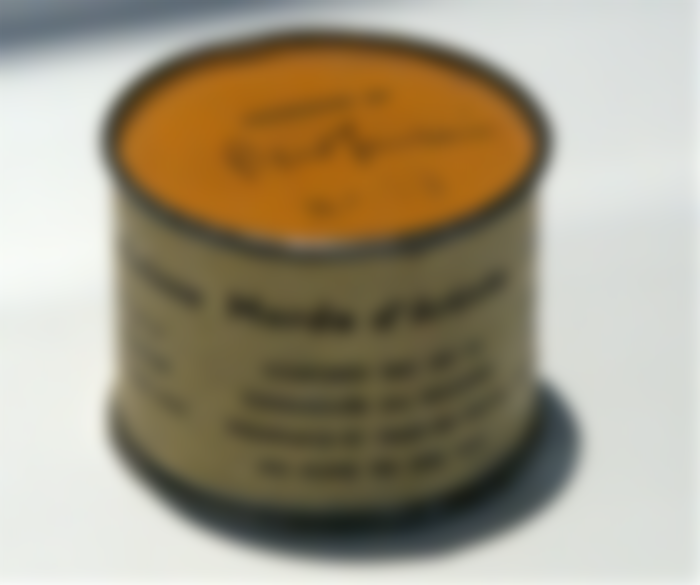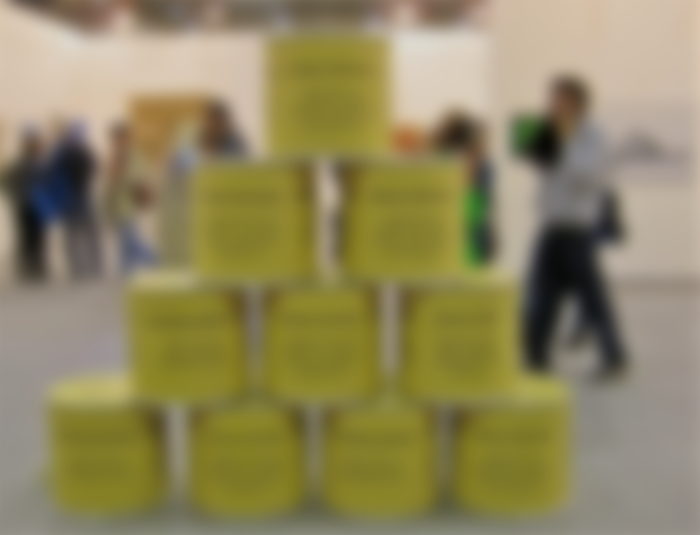Judgment can be an amazing power in innovative endeavors. Outside impacts aren't the lone wellsprings of searing words — an essayist, craftsman, or entertainer could even be their own harshest pundit. One Italian craftsman, Piero Manzoni, made a workmanship piece, Merda d'artista, that tested his own disagreeing voices.
Cutting words finds imagination
One day Piero Manzoni's dad advised him, "Your work is crap." This probably been a serious hit to the youthful craftsman, however as opposed to allowing it to weaken him, he utilized it as inspiration. In 1961, Manzoni made Merda d'artista (Artist's Shit) as a reaction to the analysis.
Merda d'artista involved around ninety jars loaded up with, indeed, the craftsman's own fertilizer. The riposte was particularly gnawing because of his dad's work: running a production line delivering canned meat. The craftsman sold the jars by weight as indicated by gold's day by day market cost, delineating that despite the fact that it was dung, it was extremely valuable.

Though a tin initially cost around $37, the cost of these show-stoppers rose so much that the Tate Gallery paid around $61 000 to add it to their assortment in 2000. Manzoni had known about the commodification of the body when he said (Dutton 2009):
In the event that authorities truly need something close, truly close to home to the craftsman, there's the craftsman's own crap. That truly is his.
Manzoni had literalized his dad's figurative insult; in doing as such, he had shown he didn't mind what any individual, even a parent, pondered his innovative interaction.
Looking for professional methodology
There are consistently numerous barriers to inventiveness. One of them, judgment, commits it appear as though an error can be the finish of an excursion. As a general rule, the judgment can spring forward from the maker's own psyche.

Inner judgment can regularly show as analysis of others too. In this way, the harshest pundit, our very own selves, can pour out over into the existences of other creatives. By quieting the pundit, an imaginative changes life from a lose-lose situation into open-finished freedoms for development.
With a solid standpoint, hairsplitting stops to be the point. In its place, an elective methodology goes to the front: polished skill. Though hairsplitting defines impossible objectives, demonstrable skill means to make cleaned items, and acknowledges botches as freedoms to bob back from. A lessening in judgment consequently permits more artistic liberty. The humanism educator Kathryn J. Vivacious said (Weiland 2018):
Judgment and interest can't live in a similar spot.
The capacity to pose inquiries is an establishment for inventiveness, and a craftsman can help this cycle by disposing of scorn from different sources. Piero Manzoni made such a without judgment zone by utilizing the very analysis heaved against him as a topic for his specialty piece.
A bigger core interest
Merda d'artista condemns workmanship itself. Enrico Baj, a companion of Manzoni, said the jars addressed "a demonstration of insubordinate joke of the workmanship world, craftsmen, and craftsmanship analysis". By getting well known, Merda d'artista questions the rules by which pundits praise a few pieces and lambast others.

in short: If human defecation in a can become important, why are different works of art called "crap"? Manzoni uncovered the deception of making a decision about craftsmanships through pundits, industry praise, or benefits. One individual's venture isn't without esteem since it got less cash-flow than another's.
The deconstruction of corporate greed demonstrated far-located in 1961. In the resulting many years, the expanded media arrive at broadened the splits between purported fruitful craftsmanship and that which is considered pointless. Most importantly, associations would be quite possibly the most significant deciding components of accomplishment in an interactive media scene, be it as far as supporter tally, industry associations, or consideration in an establishment.
Questions cover a reality
On the Merda d'artista can, a name broadcasts "newly saved, created and tinned" in English, German, French, and Italian (Miller 2007). However, do the pieces contain excrement? The Tate Gallery depicted the substance of its model as "unidentified".
The craftsman Bernard Bazile opened one can in 1989 at The Center Pompidou, in spite of the fact that it wasn't opened far enough for individuals to see whatever else other than a wrapped item. In any case, the secret encompassing the substance of the jars adds to its investigate of workmanship commodification, since purchasers will trade cash for a ghost ware.

In 2007, Agostino Bonalumi, one of Manzoni's previous colleagues, expressed that the jars conveyed just mortar. This may show that even the lewd name may have been a hallucination made by the craftsman to trick a market looking for outrage. For the innovative, it is a wake up call that cautions them not to pass judgment on their own work dependent on the applause (or deficiency in that department) of a whimsical commercial center.



